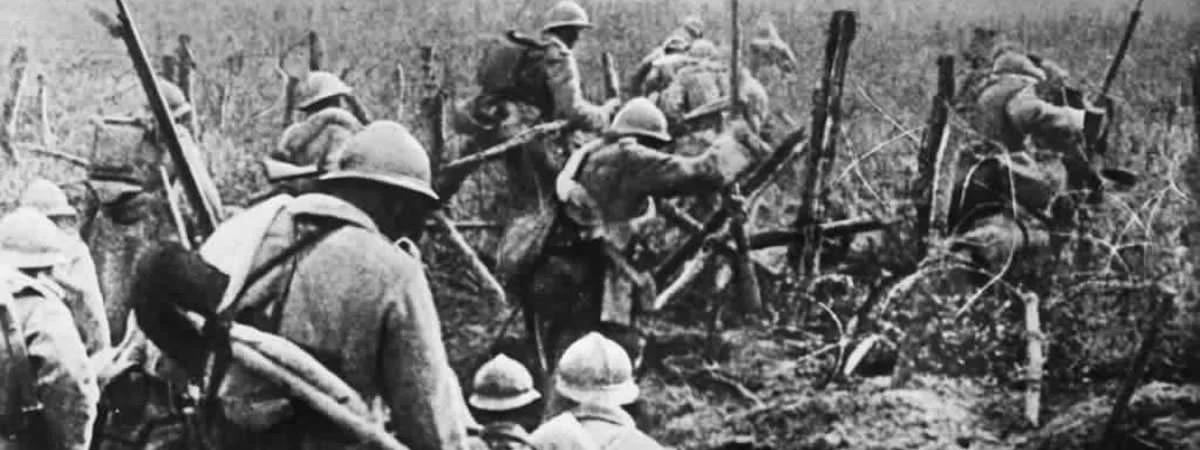France had suffered a humiliating defeat at the hands of Germany in 1870 in the Franco Prussian War. However, it managed to recover in the years prior to World War I. Moreover, it was part of an alliance with Great Britain and Russia called the Triple Entente which became the major Allied force in WW1 against the Central Powers of Germany, Austria-Hungary, the Ottoman Empire and Bulgaria. The initial weeks of the war were catastrophic for the French with defeats everywhere, enormous losses and Paris under threat. However, along with Britain, France was able to halt the German advance at the Battle of the Marne. Following this, the war on the Western Front became a stalemate which couldn’t be broken till the final year of WW1 despite multiple efforts by both the sides. It was French commander Ferdinand Foch under whom the Allies repelled the German Spring Offensive in 1918 and launched the counter offensive which would win the war in their favor. Here is a detailed analysis of France’s participation in World War I including all the major events in which it was involved.
Emerging From Isolation
Since the French Revolution over a century ago, France had seen a period of political turmoil and rise and fall of regimes. The military embarrassments in the late 19th century had impacted its reputation, especially the loss of Alsace and Lorraine to the rising European heavyweight Germany in the Franco Prussian War of 1870. However the Third Republic formed after the humiliating loss, had managed to guide the recovery of the country riding the wave of economic modernization, colonial conquests and political reforms. Since the defeat, France had also gradually created a mandatory 2 year military service. This led to rapidly mobilization and meant that France now had a capacity of close to 2 million men in case of war.

The period of 1870-1890 had also seen the political isolation of France, championed by German Chancellor Otto von Bismarck’s diplomacy. This was broken in 1890 with a more aggressive global policy of new German Emperor Wilhelm II, thus helping France to assure the Franco-Russian alliance in 1892, followed by the Entente Cordiale with the British in 1904. France, in 1914, was on the rise, prosperous, stable and once again a force to reckon with.
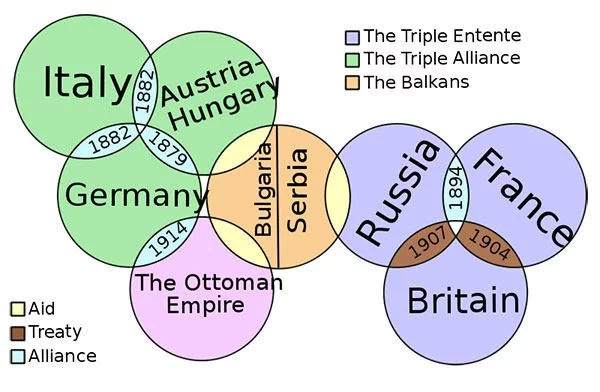
Invaded Through Belgium and the First 6 Weeks
As WW1 began, Germany put into action its Schlieffen plan, which aimed at ending the French threat in a quick decisive conflict so that forces could be transferred quickly to the Eastern Front to combat the much larger Russian army. Germany invaded neutral Belgium and declared war on France on the 3rd of August. This produced a patriotic surge in the French population including the socialists and other dangerous rebels on the government watch list. The parliament, after voting for war, went into extended recess giving control to the cabinet and high command. French Commander-in-Chief General Joseph Joffre was accorded with almost unlimited freedom of action in the initial months of war when most predicted a short war.
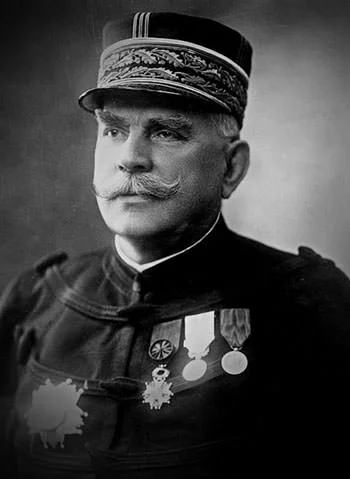
The French had not accounted for an invasion through Belgium and the first few weeks saw an impressive German advance. The French Plan XVII, which aimed at a swift advance and break through the front along France’s eastern borders in Alsace and Lorraine proved to be a total failure. The initial six weeks were catastrophic for the French with defeats everywhere, enormous losses and Paris under threat. The errors of German Generals and the exhaustion of their soldiers however gave Joseph Joffre time and opportunity to regain control and halt the German advance on the Marne in the second week of September. Following the Battle of the Marne, after only six weeks of combat, the French had already lost about 100,000 men.
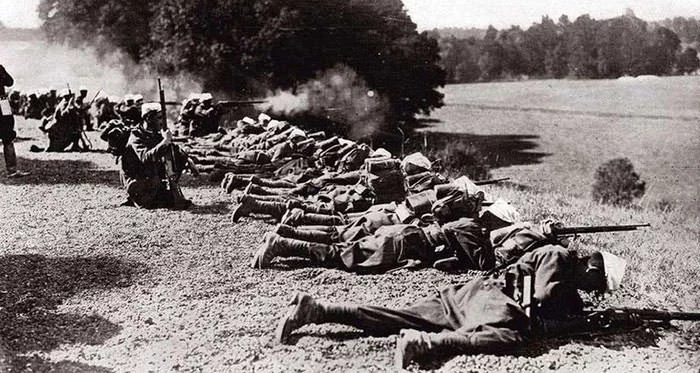
Trench Warfare and Battle of Attrition
The Battle of Marne was followed by the “race to the sea” as both the warring sides tried to outflank each other amid fierce fighting, heading towards the North Sea. This bloody stalemate set the tone for the rest of the war on the Western Front, as both the sides began digging trenches and the front stabilized from the North Sea to the Swiss border. Though trivialized by many, trench warfare was a result of modernization of the war machinery and was difficult on the soldiers. Challenging daily life with hard labor was constantly disrupted by enemy attacks, constant bombardment, gas attacks and disease. There were also long periods of inactivity, discouragement and boredom, only to be followed by large and sustained battles of attrition; life was always at threat.
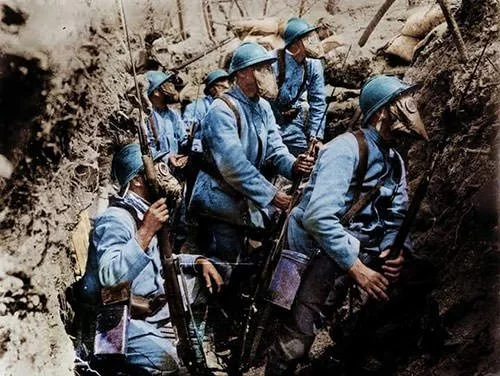
In the spring and autumn of 1915, The French army sought to break through the front in the Vosges, at Artois and in Champagne among other places but the enemy defenses stayed intact and hundreds of thousands of men were lost. The scale of war changed in 1916 with large total battles of attrition at Verdun and Somme, aimed more at sapping the enemy resources than on territory. The bloodbath of these battles, where millions were lost in casualties, underlined the totalization that had taken hold of the Western model of war. The stalemate however continued and it was well understood that combat in its traditional sense was becoming redundant. The French army thus gradually and painfully adapted between 1914 and 1918 with feedback to more efficient systems. Between 1914 and 1918, 7.9 million French citizens were called to serve in the armed forces while another half a million joined from its colonies. Over 4.2 million soldiers were wounded, over 500,000 were taken prisoner and roughly 1.4 million were killed.

On The Home Front
Social changes caused discomfort as the country got embroiled in a long war. The massive mobilization before the war disrupted families and society; and there was a sudden shortage of manpower. Unemployment was widespread in large cities in the initial months but declined with the growing needs of the war economy by 1915. As an example, there were 50,000 workers in the armament sector in France in 1914. By the war’s end, there were 1.7 million people working in this sector, including over 420,000 women.
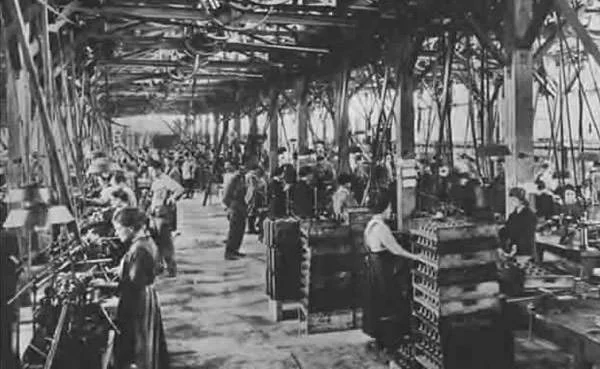
Soldiers returning during leave found themselves confused and irritated, that life behind the lines carried on, including leisure, artistic and cultural activities. They did not approve of the complaints of civilians and were not able to comprehend the strikes that took place in some factories. Phrases such as “war profiteers” and “loafers” were commonly used for those deemed to be avoiding their duties and not taking their responsibilities in times of trouble. Refugees and those that were displaced from territories under enemy occupation were subjected to humiliation by the civilian population, often called as cowards and free loaders of government benefits.
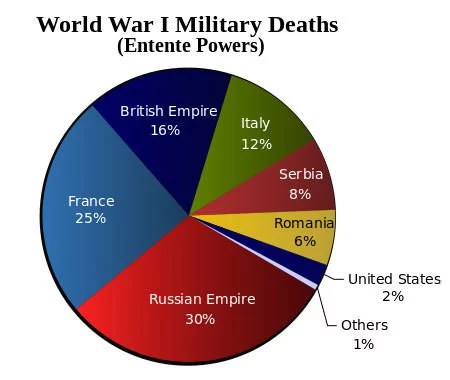
On the other hand there was also many charities opened up for the war effort. Also, a sense of camaraderie between those at the front and those behind the lines lasted throughout the war for some. As the most industrialized part of France was cut off during the war, enormous war factories were built from scratch and many companies adapted their production for the war. An estimated 200,000 colonial workers were brought to France as the pressure of labor strikes and lack of manpower increased. The war had indeed put a lot of strain on the country.
Crisis of 1917 and Victory
The end of 1916 led to the sacking of Joseph Joffre as commander of the forces. He was replaced by Robert Nivelle, whose disastrous offensive on the Aisne resulted in close to 40,000 deaths and many more casualties. The failure of the Nivelle Offensive, that hoped to achieve a decisive breakthrough and end the war, led to factions within the army revolting. This was a sign of grave concern for the French authorities. Over 3000 soldiers were tried and some 500 were sentenced to death. Nivelle was relieved and replaced by the hero of Verdun, Phillipe Petain, a practical man known for his ability to rally his troops. Petain managed to calm the nerves of a French Army. He re-established discipline after a series of mutinies by personally explaining his intentions to the soldiers and improving their living conditions.
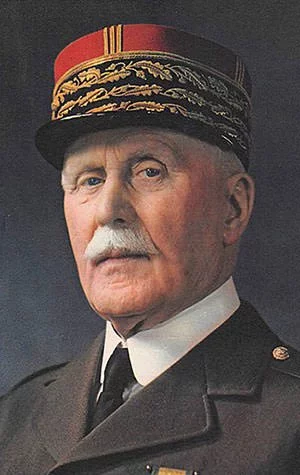
On the home front the harsh winter of 1916-17 and the strain of war had led to price hikes; and shortage of supplies and food. This resulted in strikes spread throughout the year including a large-scale labor movement in May-June that affected the entire country. Pacifist slogans began to be heard in protest marches from the more radical unionized workers and socialists, and by autumn 1917, there was widespread defeatism in France and much talk of a “white peace”. Measures were taken to manage the situation and, thankfully for the administration, things did not spiral out of control. The problem in part was checked by placating the unions; and improving working conditions, shortening work hours and increasing wages. Countries like France and Great Britain were better able to maintain a balance between the needs of the front and those behind the lines. The primary reason for this was their access to colonial imports from their vast colonies, and those from America. This was far more difficult for the Central Powers under Allied economic blockade.

French President Poincaré recalled the spirited and dogged Georges Clémenceau to the premiership in late 1917, infusing new energy. The strikes and protests returned in early 1918 but blunted out soon. As threat resurfaced with the German Spring Offensive, the population re-mobilized. In late spring the Americans had arrived in large numbers. Moreover, Ferdinand Foch was recalled, now as Supreme Commander. The Allies successfully managed to halt the German offensive and launched their own offensive that would decisively win the war by the end of 1918.
Aftermath
French premier Clemenceau was the primary French negotiator at the Paris Peace Conference of 1919. France reclaimed Alsace and Lorraine, political control over other areas in the world and was promised reparations. But many Frenchmen were not satisfied, charging him with sacrificing the nation’s security. The right wingers including Foch and Poincare wanted Germany to give up all territory west of the Rhine and the Saar basin to France while the socialists thought that the treaty was too harsh on Germany.
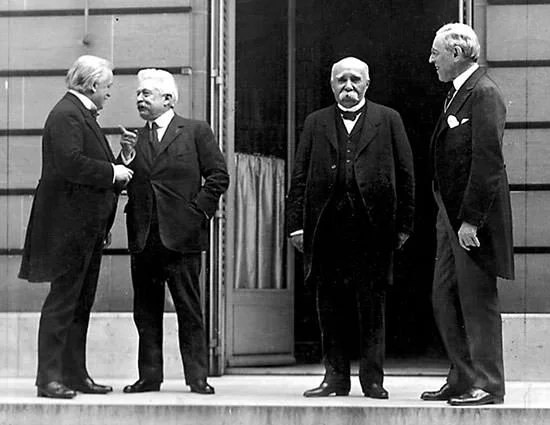
In addition to the loss of its men at war, France had paid a heavy price for the war. A large industrialized and agricultural area was now totally devastated; industrial production had fallen to 60 percent of the prewar level; economic growth had been set back by a decade; and the nation had suffered a psychological setback.

